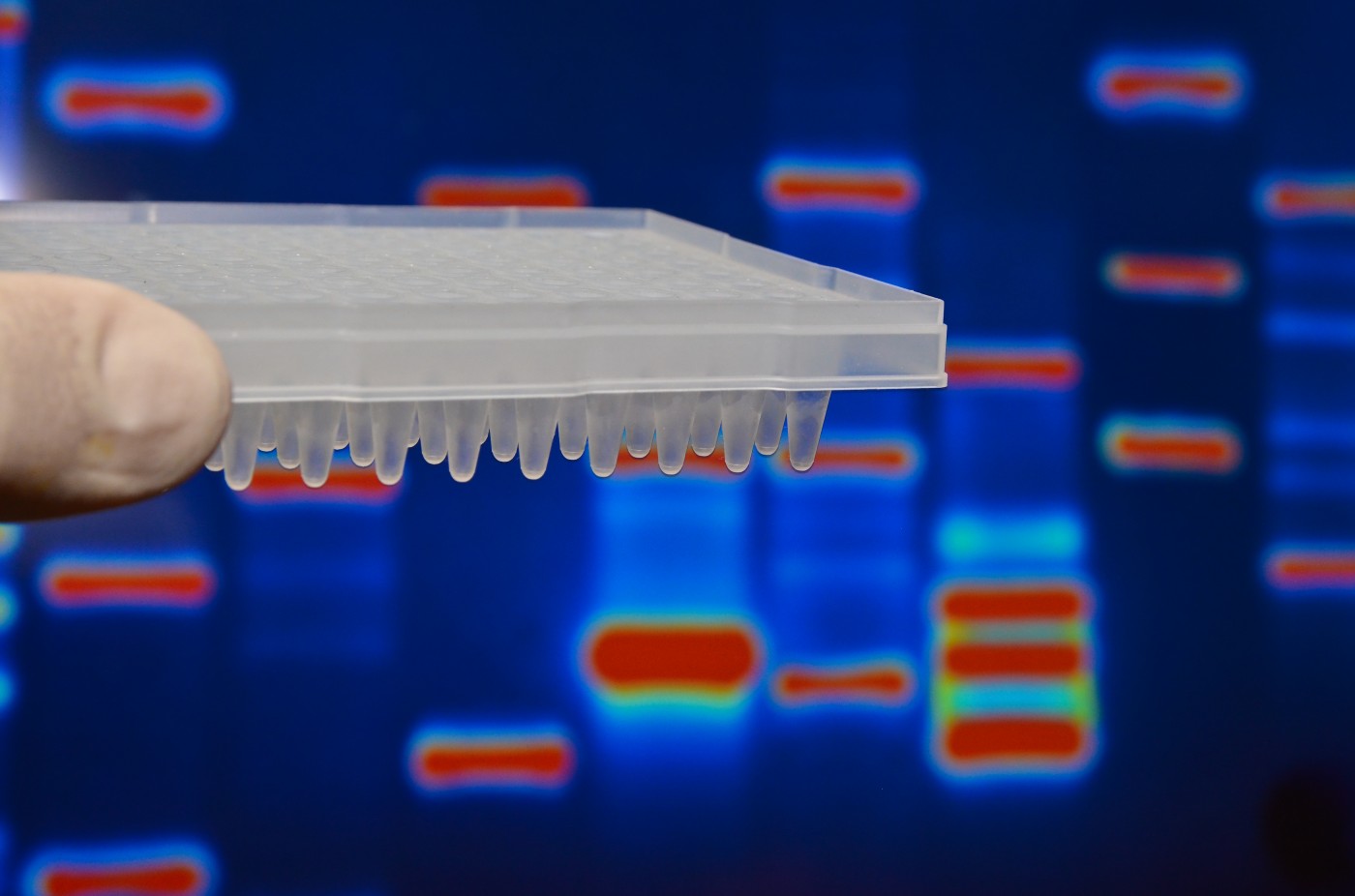Gene Activity Profiling Reinforces Inflammation’s Role in Gaucher Disease
Written by |

Gene activity profiles of cells from Gaucher disease patients confirm the idea that inflammation plays an important role in the disease’s development, a study reports.
Researchers argue that the new insights favor looking to anti-inflammatory agents when seeking new therapies for the disease.
The study, “Gene expression profile in patients with Gaucher disease indicates activation of inflammatory processes,” was published in the journal Scientific Reports.
Gaucher disease is a lysosomal storage disorder, usually caused by mutations in the GBA gene, which results in a deficiency of the enzyme glucocerebrosidase.
As a consequence, a type of fats, mostly ones called glucocerebroside, cannot be properly broken down. They subsequently accumulate inside cells, particularly in macrophages (a type of white blood cell) in the bone marrow, spleen, and liver.
Symptoms vary greatly among patients. Three distinct forms of Gaucher disease have been identified, depending on the presence and severity of neurological complications.
Common signs of the disease include an enlarged liver and spleen (hepatosplenomegaly), low levels of red blood cells (anemia), low levels of platelets (thrombocytopenia), and skeletal anomalies.
However, the molecular mechanism linking glucocerebroside accumulation with the clinical manifestations remains unexplained.
Most of what is known about the disease’s underlying mechanisms comes from animal studies. So far, only one report has examined the gene activity changes happening in Gaucher disease, using patient spleen samples.
To shed more light on the molecular alterations that underlie the disease, a team of researchers examined the gene activity in cells from Gaucher disease patients. They compared it with healthy individuals and people with Niemann-Pick disease type C (NPC). NPC is also a lysosomal storage disorder characterized by the buildup of fatty substances, and has overlapping manifestations with Gaucher.
Microarrays, a technology that determines the activity of thousands of genes simultaneously, were used to identify which genes were turned “on” or “off” in skin cells from five healthy individuals, five patients with Gaucher disease, and five patients with Niemann-Pick disease type C.
Of 25,000 screened genes, a small percentage was found to be up-regulated (more active) or down-regulated (more silent) in Gaucher cells, compared with healthy and Niemann-Pick samples.
Genes whose activity changed the most, compared with healthy individuals, were IL13RA2 and IFI6 (up-regulated) and ATOH8 and CRISPLD2 (down-regulated).
When compared with Niemann-Pick patients and healthy controls, Gaucher cells were set apart by the up-regulation of PLAU, IFIT1, and TMEM158, and down-regulation of ATOH8 and ISLR.
Many of the activated and silenced genes were associated with the immune response; for example, roles in cytokine signaling, particularly interferon signaling.
Cytokines are small molecules that transmit messages to help regulate or promote the development of the immune system. Interferons are a group of cytokines that usually activate or increase the proliferation of immune cells.
Other genes were associated with cell-to-cell interactions and the relationship between cells and the external meshwork that gives support to tissues (matrix), or to a signaling pathway important for cell replication (PI3K-Akt) and a nerve cell survival pathway.
These results are in line with findings in mouse models, confirming the significant role of inflammation in Gaucher disease in humans, researchers said.
In support of these observations, it is known that abnormal immune responses lead to some of the clinical symptoms associated with Gaucher disease and other lysosomal storage disorders, including the presence of more pro-inflammatory cytokines and autoantibodies (self-reacting antibodies that attack the body’s own tissues).
Additionally, the study found that the proteins produced from IL13RA2, THBS2, and NNMT genes could be useful biomarkers for diagnosing Gaucher disease, even though more studies are needed to validate the diagnostic potential of these factors.
“Our results emphasize the inflammatory character of changes occurring in human [Gaucher disease] cells, indicating that further studies on novel therapeutics for GD should consider anti-inflammatory agents,” the researchers concluded.



